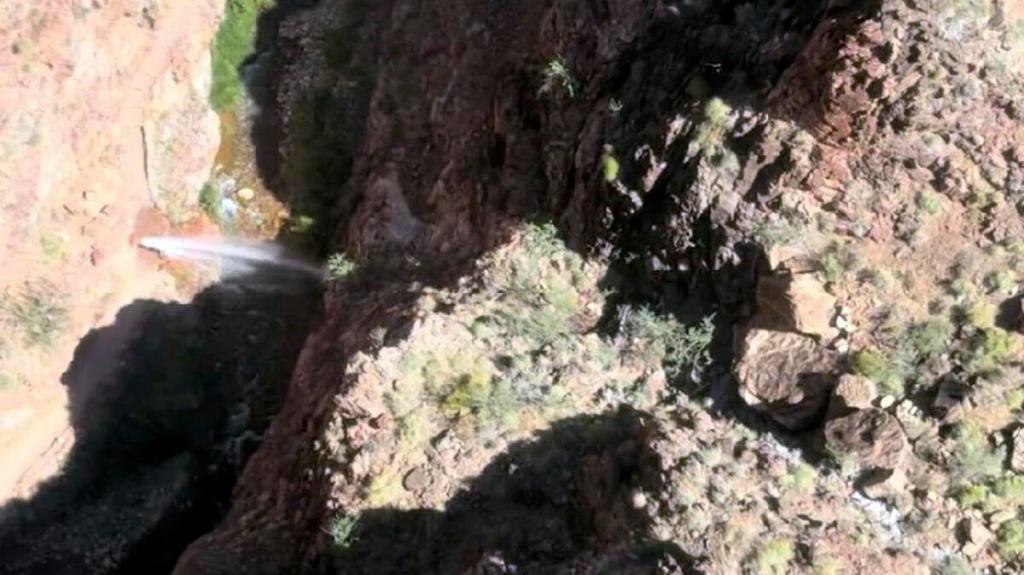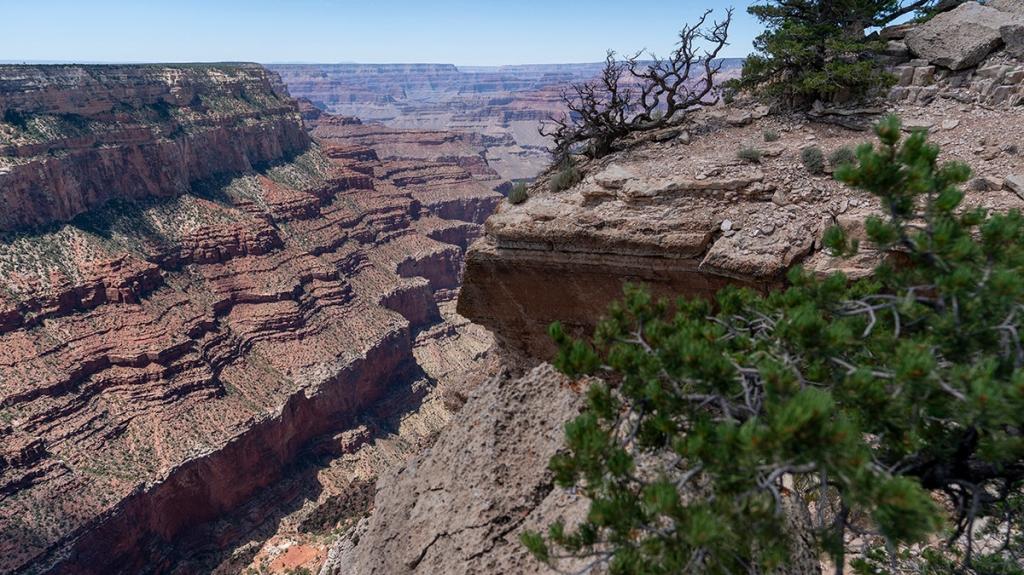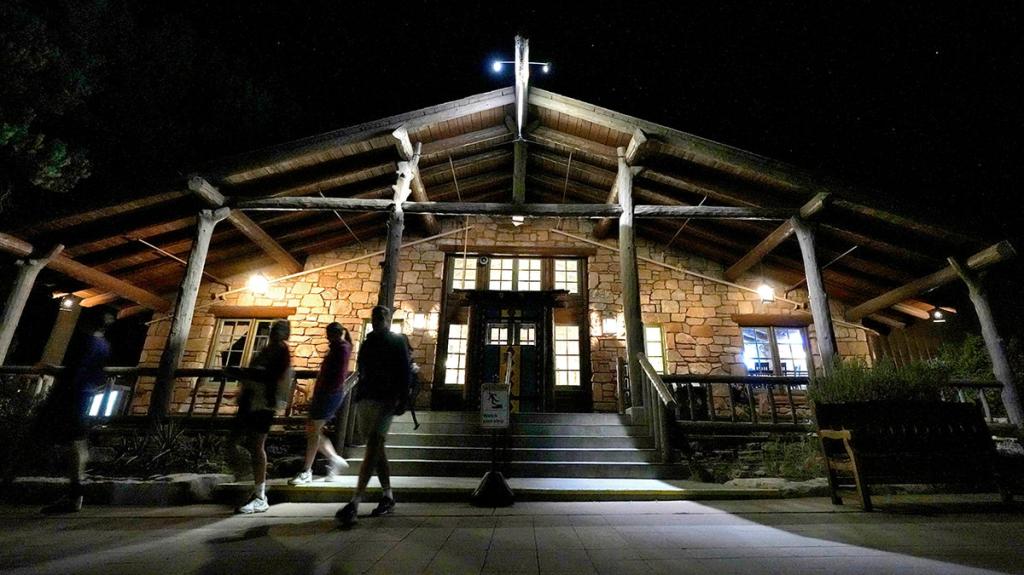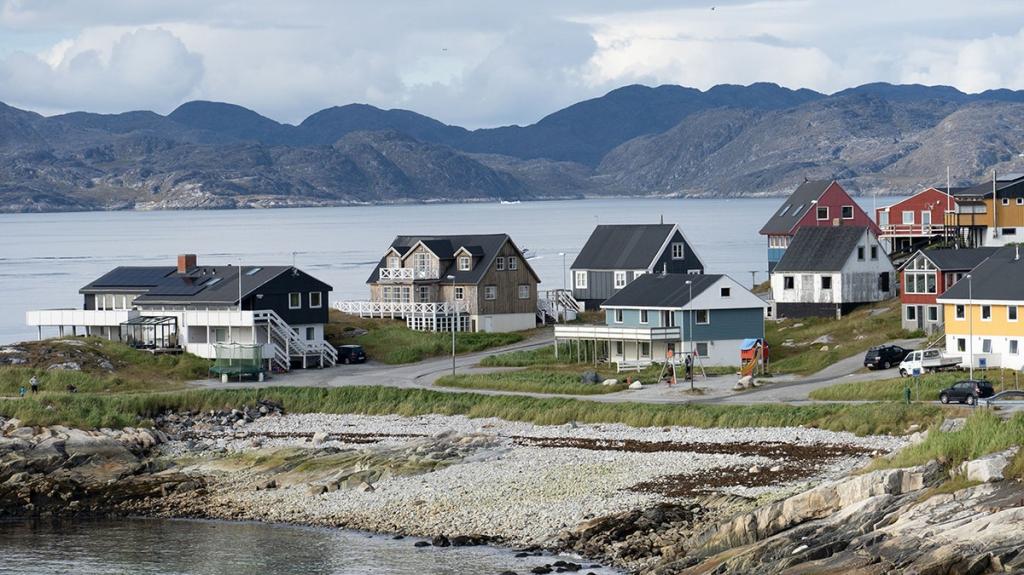Pipeline Breaks Disrupt Overnight Stays at Grand Canyon
Recent pipeline breaks at Grand Canyon National Park halt overnight stays, impacting tourism during the busy Labor Day weekend. Discover the details!

Key Points
- The Transcanyon Waterline at Grand Canyon National Park
has suffered multiple breaks, leading to a halt of overnight accommodations during the Labor Day weekend.
- This unprecedented water crisis affects park operations and nearby tourism-dependent communities, prompting an increase in visitor inquiries.
- A $208 million rehabilitation project for the aging waterline is underway, aiming to restore service and meet the demands of millions of annual visitors.
The Grand Canyon National Park, one of the United States’ most iconic natural wonders, is currently facing a significant challenge that could disrupt visitation plans for many travelers. A series of critical breaks in the primary water pipeline that supplies the park have resulted in an unprecedented halt to overnight accommodations during one of the most popular travel weekends of the year. With millions of tourists flocking to this breathtaking destination, the impacts of these water restrictions are far-reaching and complex.
The Pipeline Failure
The malfunction at the heart of this issue stems from the Transcanyon Waterline, a pipeline originally constructed in the 1960s. Spanning 12.5 miles, it serves as the primary water source for the park, providing drinking water and fire suppression to both the South Rim and various facilities in the inner canyon. Unfortunately, this aging infrastructure has outlived its expected lifespan and has experienced more than 85 major breaks since 2010, each contributing to the ongoing water supply challenges.

As a result of four recent significant breaks, the National Park Service (NPS) has implemented strict water restrictions. Starting from August 29 through at least September 4, all hotels within the park, including renowned establishments like
and
, will not accommodate overnight guests. Instead, visitors will only have access to day-use areas, while local hotels in Tusayan are expected to absorb the influx of guests.
The Implications for Tourism
The timing of this water crisis is especially unfortunate, coinciding with the Labor Day holiday weekend. Traditionally, this period attracts a high volume of visitors to the Grand Canyon, with nearly 523,000 people visiting last August alone. According to Josh Coddington, communications director at the Arizona Office of Tourism, this situation has already led to an increase in inquiries from potential visitors seeking information about their options. “The Grand Canyon is known not only throughout the U.S., but throughout the world”, he remarked, emphasizing the park’s significance as a travel destination.

The ongoing water restrictions and the perception of closed facilities could negatively impact nearby communities such as
, Williams, and Cameron, which rely on tourist traffic for their economies. Although the park itself remains open during the day, the disruptions have raised concerns for local businesses that depend on visitors for lodging, dining, and shopping.
The Path Forward
To address these ongoing issues, the NPS has embarked on a comprehensive rehabilitation project for the waterline, estimated at $208 million and expected to be completed by 2027. This investment aims to upgrade not only the pipeline but also the associated water delivery system, ensuring that it can meet the demands of the park's 6 million annual visitors and 2,500 residents.

Despite the immediate challenges, park officials are optimistic about the repairs and the potential to restore full operational status for overnight guests as quickly as possible. They have urged visitors to conserve water whenever feasible, as the park navigates through these trying times.
The situation at Grand Canyon National Park offers a sobering reminder of the delicate balance between nature and human needs. It underscores the necessity for infrastructure upgrades to support sustainable tourism and preserve the natural beauty that draws millions each year. Visitors and locals alike can look forward to a revitalized water system that will allow the park to thrive and ensure that the Grand Canyon continues to be a top destination for adventure and exploration.


